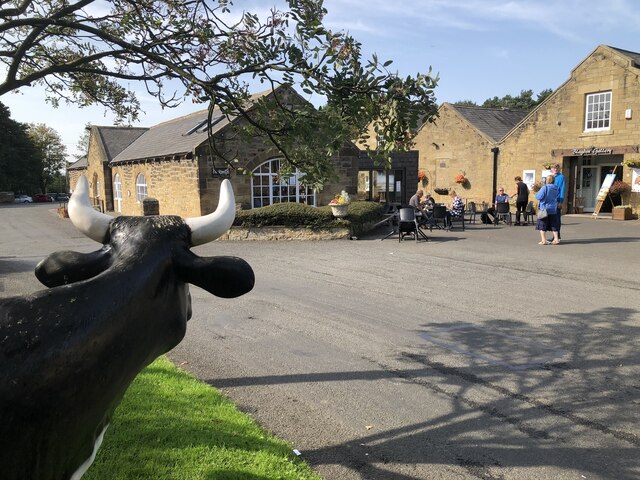Milkhope Centre

-
Description
".....Milkhope Farm was built around 1865 as part of a programme of agricultural development by Sir Matthew White Ridley, 4th Baronet. These developments were based on classic English Model farm designs where the buildings were specifically designed to accommodate the full range of farming activities in a sympathetic and efficient way. Often buildings would have several purposes, the ground floor housing pigs, with the first-floor housing chickens, the pigs providing the chickens with under-floor heating and security from foxes, the chickens providing the pigs with food from their droppings. The farm covered about 240 acres. Buildings were constructed from stone sourced from estate quarries at Shotton Edge and North Shotton and would have represented the very latest and best in agricultural agriculture at the time they were built. At this time agriculture was very prosperous with growing populations as a result of the industrial revolution. However, with the end of the American Civil War and the invention of the reaper and binder in 1850, the American prairies opened up depressing wheat production in the UK. Milkhope was largely used to winter and fatten cattle...." -
Owner
Blagdon Estate -
Source
Local (Co-Curate) -
License
What does this mean? Unknown license check permission to reuse
-
Further information
Link: https://www.blagdonestate.co.uk/properties/businesses-at-blagdon/milkhope-centre/
Resource type: Text/Website
Added by: Simon Cotterill
Last modified: 1 year, 10 months ago
Viewed: 288 times
Picture Taken: Unknown -
Co-Curate tags







